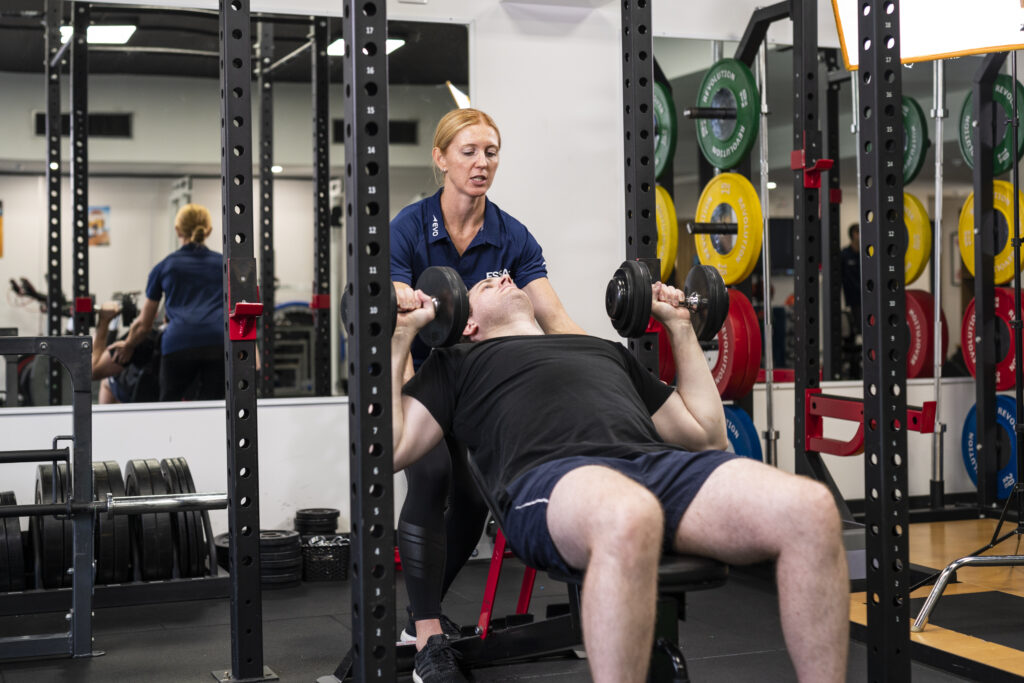Blood cancer
Home / Blood cancer
How does exercise help with blood cancer?
People with blood cancer often endure lengthy therapies (e.g. chemotherapy) that reduce their physical capacity. Common side effects of blood cancer such as severe anaemia (abnormally low levels of red blood cells or haemoglobin) and thrombocytopenia (abnormally low levels of platelets) cause high levels of fatigue.
High doses of corticosteroids and long periods of bed-rest, particularly during stem cell transplantation, lead to muscle wasting. Collectively, blood cancer and its treatment-related side effects reduce quality of life.
The benefits of exercise
Exercise reduces fatigue and depression in people with blood cancer. More research is required to confirm whether there are additional benefits of exercise specifically in people with blood cancer. In saying that, exercise has demonstrated many important benefits in other cancer populations, which may also benefit people with blood cancer, such as:
- Increasing cardiorespiratory fitness, muscle strength and endurance and balance
- Improving physical function and ability to perform activities of daily living
- Improving bone health and reducing falls risk
- Improving cognitive function
- Improving quality of life

What type of exercise is best for blood cancer?
People with blood cancer are recommended to progress towards and, once achieved, maintain participation in:
- At least 150 minutes of moderate-intensity or 75 minutes of vigorous-intensity aerobic exercise (e.g. walking, jogging, cycling, swimming) each week.
- Two to three resistance exercise (i.e. lifting weights) sessions each week involving moderate-to vigorous-intensity exercises targeting the major muscle groups.
Find a professional
Talk to your GP or other treating specialist about an exercise program that suits your personal preferences and circumstances.
Alternatively, Accredited Exercise Physiologists, who are university-trained health professionals with expertise in the design and delivery of lifestyle interventions for people with chronic and complex conditions including blood cancer, will be able to create an individualised exercise program that suits your needs.

Frequently asked questions
What is an Accredited Exercise Physiologist (AEP)?
An Accredited Exercise Physiologist (AEP) is an allied health professional that prescribes individualised exercise therapy to help people manage their chronic conditions, disabilities, long-term injuries and so much more. They are the most qualified professionals in Australia when it comes to the prescription safe and effective of exercise therapy.
Who should see an AEP?
Anyone who wants to move safely and improve their health can benefit. From chronic conditions to injury recovery, or simply wanting advice on how to exercise right, an exercise physiologist is the expert to see.
Is an AEP covered by Medicare or private health insurance?
Yes. As allied health professionals, exercise physiology services are recognised in government health funding including Medicare, National Disability Insurance Scheme (NDIS) and Department of Veteran’s Affairs (DVA), workers’ compensation and private health insurers. It’s important that you check with your provider as coverage can vary.
Where can I find an AEP?
Use recognised directories like Exercise & Sports Science Australia (ESSA), ask your GP or look for allied health clinics with AEP credentials.
You may also like
The Benefits of Exercise for Prostate Cancer
Prostate cancer affects 1 in 6 Aussie men, and is the most commonly diagnosed cancer in Australia. It’s characterised by an uncontrolled rate of cell growth within the prostate that has the potential to metastasize (spread) to other parts of the body. The prostate gland is situated within the pelvis and underneath the bladder. It’s […]


